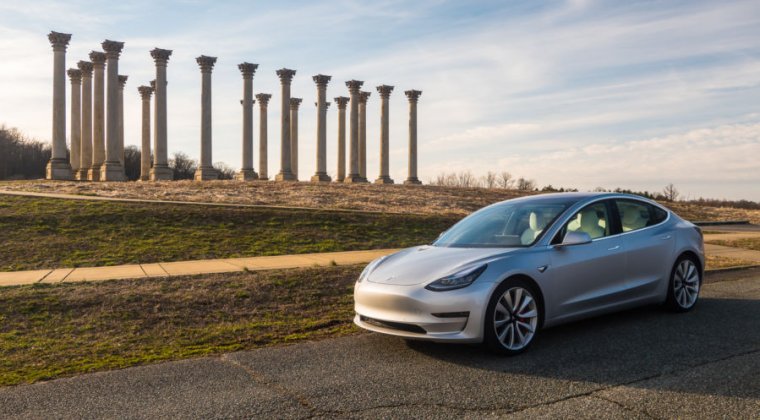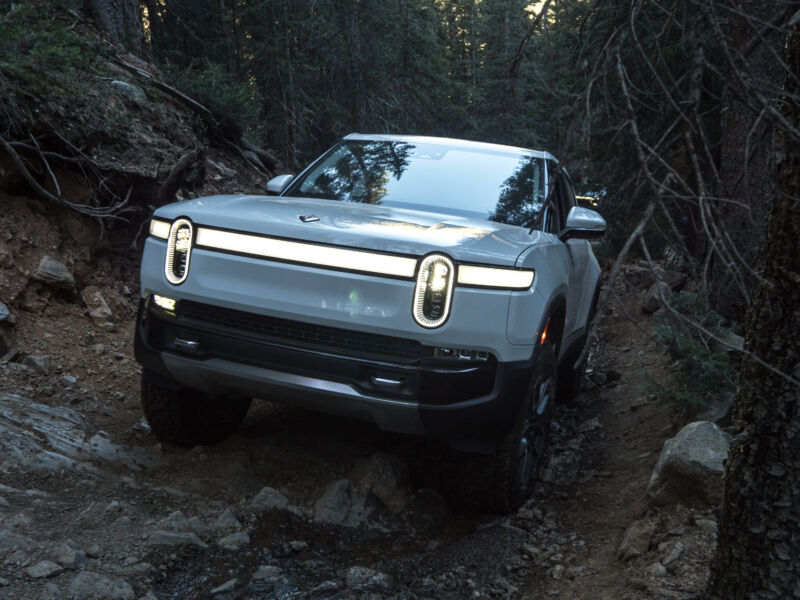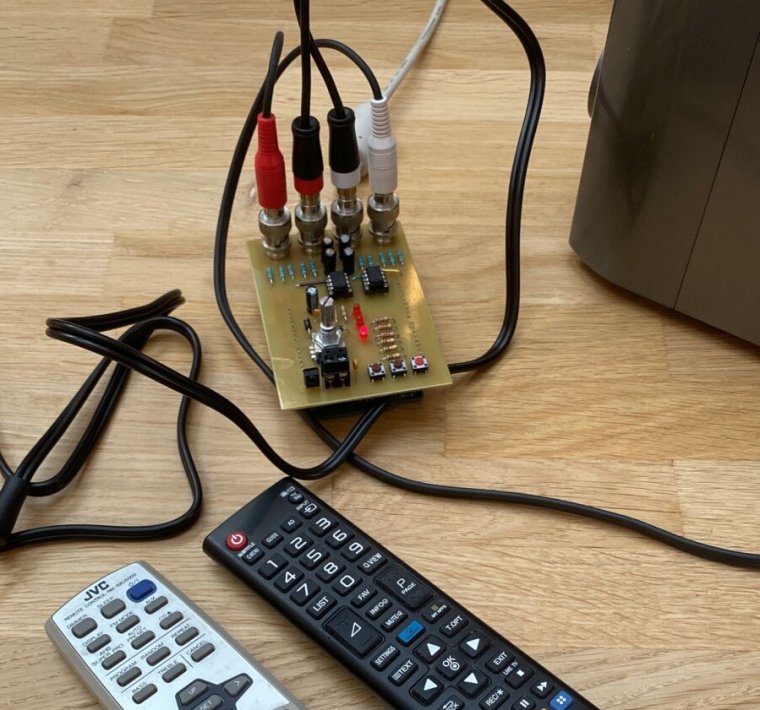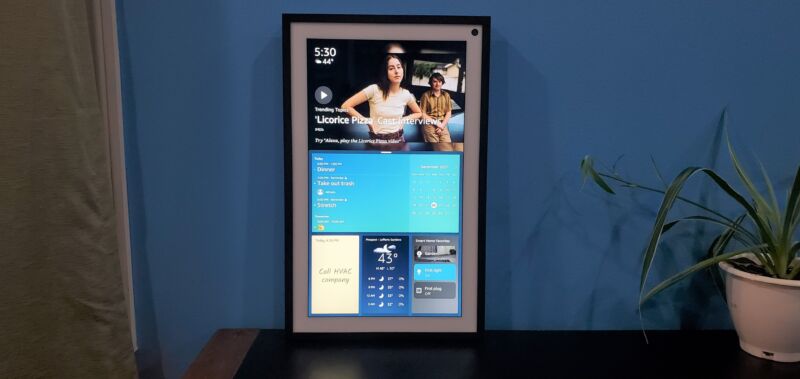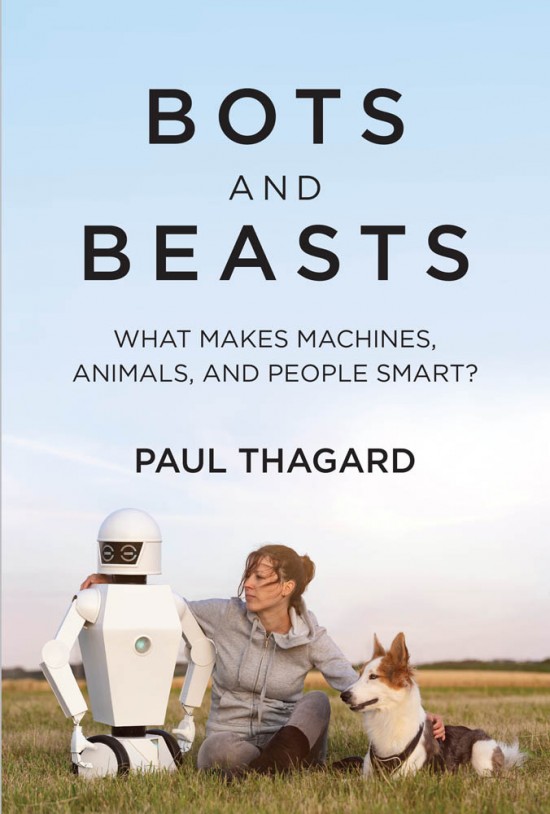
(credit: MIT Press)
“What makes machines, animals, and people smart?” asks the subtitle of Paul Thagard’s new book. Not “Are computers smarter than humans? or “will computers ever be smarter than humans?” or even “are computers and animals conscious, sentient, or self-aware (whatever any of that might mean)?” And that’s unfortunate, becausethough most people are probably more concerned with questions like those.
Thagard is a philosopher and cognitive scientist, and he has written many books about the brain, the mind, and society. In this one, he defines what intelligence is and delineates the 12 features and 8 mechanisms that he thinks It’s built from,comprise it which allows him toso that he can compare the intelligences of these three very different types of beings.
He starts with a riff on the Aristotelian conception of virtue ethics. IWhereas in that case, a good person is defined as someone who possesses certain virtues;, in Thagard’sthis case, a smart person is defined as someone who epitomizes certain ways of thinking. Confucius, Mahatma Ghandi and Angela Merkel excelled at social innovation; Thomas Edison and George Washington Carver excelled at technological innovation; he lists Beethoven, Georgia O’Keeffe, Jane Austen, and Ray Charles as some of his favorite artistic geniuses; and Charles Darwin and Marie Curie serve as his paragons of scientific discoverers. Each of these people epitomizes different aspects of human intelligence, including creativity, emotion, problem solving, and using analogies.


